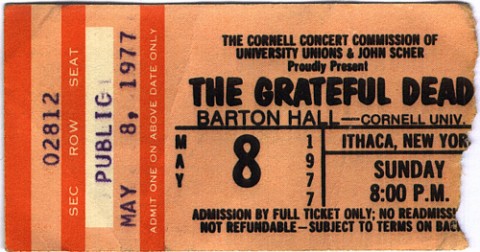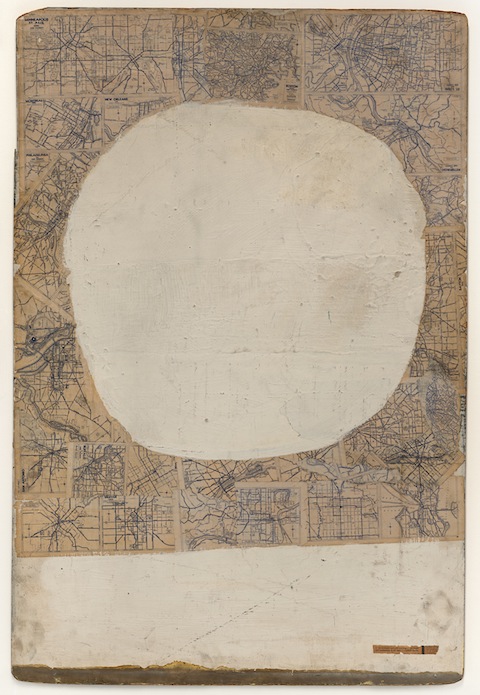Alfred Hitchcock liked to call it the “MacGuffin” — the mysterious object in a spy thriller that sets the whole chain of events into motion.
But despite the supposed centrality of the MacGuffin, a Hitchcock movie is always about something else. In The 39 Steps, for example, the MacGuffin turns out to be the coveted plans for an advanced airplane engine, stored in the mind of a vaudeville performer named “Mr. Memory.” But really the film is about a wrongfully accused man’s desperate struggle to solve a mystery so he can clear his name and live to see another day.
The MacGuffin is always particular — often to the point of absurdity — while the hero’s motivation is universal. Some of the characters may care about the MacGuffin, but the audience certainly does not. In his 1962 interview with François Truffaut, Hitchcock explains:
The main thing I’ve learned over the years is that the MacGuffin is nothing. I’m convinced of this, but I find it very difficult to prove it to others. My best MacGuffin, and by that I mean the emptiest, the most nonexistent, and the most absurd, is the one we used in North by Northwest. The picture is about espionage, and the only question that’s raised in the story is to find out what the spies are after. Well, during the scene at the Chicago airport, the Central Intelligence man explains the whole situation to Cary Grant, and Grant, referring to the James Mason character, asks, “What does he do?” The counterintelligence man replies, “Let’s just say that he’s an importer and exporter.” “But what does he sell?” “Oh, just government secrets!” is the answer. Here, you see, the MacGuffin has been boiled down to its purest expression: nothing at all!
The term “MacGuffin” was coined by a screenwriter Hitchcock worked with named Angus MacPhail, according to Donald Spoto in The Art of Alfred Hitchcock: Fifty Years of His Motion Pictures. But the principle goes back at least as far as Rudyard Kipling, as Hitchcock explains in this whimsical little film by Isaac Niemand with audio from Hitchcock’s June 8, 1972 appearance on the Dick Cavett Show. Perhaps the most important thing to remember about the MacGuffin is that it contains the word “guff,” which means a load of nonsense. “There’s a lot to look for in Hitchcock’s films,” writes Spoto, “but watch out for the MacGuffin. It will lead you nowhere.”
NOTE: The 39 Steps and other Hitchcock thrillers can be found in our collection of 16 Free Hitchcock Movies Online, not to mention our big collection, 4,000+ Free Movies Online: Great Classics, Indies, Noir, Westerns, Documentaries & More.
If you would like to sign up for Open Culture’s free email newsletter, please find it here. Or follow our posts on Threads, Facebook, BlueSky or Mastodon.
If you would like to support the mission of Open Culture, consider making a donation to our site. It’s hard to rely 100% on ads, and your contributions will help us continue providing the best free cultural and educational materials to learners everywhere. You can contribute through PayPal, Patreon, and Venmo (@openculture). Thanks!
Related content:
Alfred Hitchcock on the Filmmaker’s Essential Tool: ‘The Kuleshov Effect’
Hitchcock’s Seven-Minute Editing Master Class
37 Hitchcock Cameos over 50 Years: All in One Video




